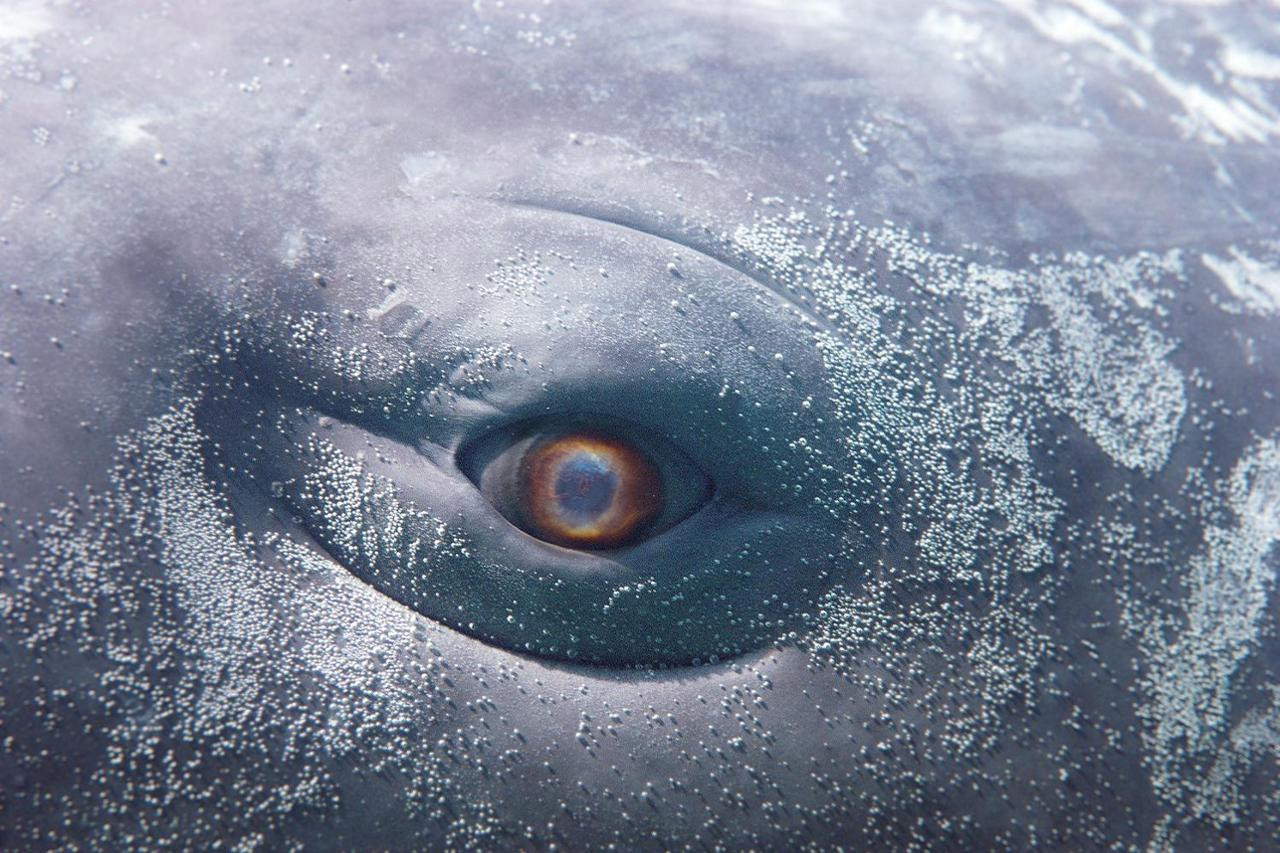From October 11, 2025 to February 15, 2026, the Appartamento and Cappella del Doge at Palazzo Ducale in Genoa will host Moby Dick - The Whale. History of a Myth from Antiquity to Contemporary Art, a major exhibition inspired by Herman Melville’s famous novel, designed for the monumental spaces of Palazzo Ducale, curated by Ilaria Bonacossa and Marina Avia in collaboration with TBA21-Ocean Space.
The exhibition stems from the multiple themes contained in Melville’s work: the relationship between human beings and nature, the ongoing tension between good and evil, the conflicting emotions of passion and revenge, the relationship between sea creatures and human beings, and the theme of travel as both an inner and outer journey. Cesare Pavese, the first to translate the novel into Italian, wrote in his 1941 preface, “Ahab pursues Moby Dick out of a thirst for revenge, it is clear, but, as happens in every infatuation of hatred, the lust to destroy appears almost a lust to possess, to know.”
Moby Dick is is characterized by a composite structure and the blending of different genres: adventurous narrative, naturalistic essay, and philosophical reflection come together in precise and spellbinding writing. Melville interweaves the seafaring chronicle with a profound analysis of nineteenth-century society with biblical references, already evident from the opening with phrases such as “Call me Ishmael” and “God created whales,” and then concludes the work with a verse from the book of Job: “And I alone am escaped, to tell thee.” The novel is a multiverse of facts, experiences and lived experiences, documenting the conflicts between fate (randomness), freedom and necessity (physical mechanisms and fatal destiny).
From these nuances, the exhibition Moby Dick - The Whale aims to build a visual itinerary that guides the visitor through the artistic and cultural universe generated by the novel. It moves from classical to contemporary art, from the history of navigation to illustrations and design, in a journey through eras, viewpoints, and reinterpretations that revolve around this masterpiece that is still a source of inspiration for readers, scholars, and artists today. The project aims to offer a multidisciplinary view that Moby Dick and the White Whale generated, touching on areas as diverse as visual arts, film, music, theater, biology and science, always through the powerful filter of literature. The figure of Captain Ahab, his desire for revenge and the fate of the crew are also intertwined with Genoa’s seafaring tradition and its connection to the sea, particularly the Cetacean Sanctuary.
Visitors will have an immersive and engaging experience: they will be able to view ancient artworks, collectibles related to whaling, design objects inspired by the whale’s forms, as well as graphics, illustrations, videos, installations, and works by contemporary artists that reflect, in an experiential way, on crucial themes such as identity, power, nature, and human relationships. Inspired by some chapters of the novel, the exhibition itinerary winds through suggestions related to the international circulation of the book, the depiction of whales through different materials such as bone, wood, iron and stone, the myth of Jonah and its depictions, the whiteness of the whale, nocturnal moments at sea between sunsets and constellations, to the cruder aspects such as the quartering or the presence of the giant squid, not forgetting the sound of whales.
The entire exhibition aims to be a great cultural incubator, capable of stimulating reflections on highly topical issues: man’s predatory relationship with the environment, scientific discoveries, and the history of the seas.
A wide-ranging program of events will enrich the exhibition: lectures, meetings, educational workshops for families and students, guided tours and workshops will offer additional tools for further study.
The exhibition is a tribute to the legacy of Herman Melville and at the same time an invitation to confront contemporary urgencies. It will be accompanied by the publication of a volume collecting contributions from various disciplines. The artists featured include names such as John Akomfrah, Wu Tsang, Guy Ben-Ner, Mark Dion, Teresa Solar, A Constructed Word, Joan Jonas, Roberto Cuoghi, Marzia Migliora, Pino Pascali, Claudia Losi, Emilio Isgrò, Carsten Höller, Thomas Ruff, Fausto Melotti, Piero Manzoni, and Dadamaino.
The project is part of the initiatives of the year Genoa and the Nineteenth Century, promoted by the City of Genoa.
For info: https://palazzoducale.genova.it/
Hours: Tuesday through Friday from 9 a.m. to 7 p.m.; Saturday and Sunday from 10 a.m. to 8 p.m. Closed Mondays.
 |
| At the Palazzo Ducale in Genoa a major exhibition inspired by Moby Dick, Herman Melville's famous novel |
Warning: the translation into English of the original Italian article was created using automatic tools. We undertake to review all articles, but we do not guarantee the total absence of inaccuracies in the translation due to the program. You can find the original by clicking on the ITA button. If you find any mistake,please contact us.